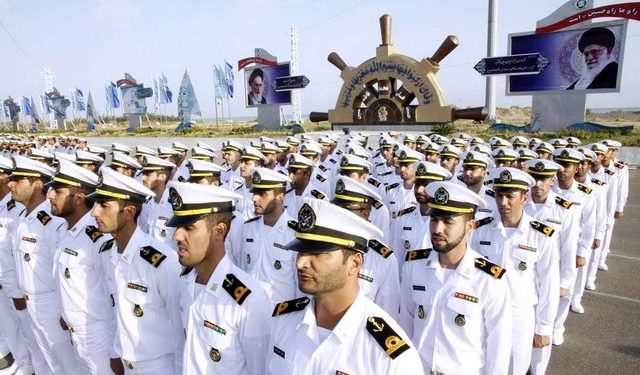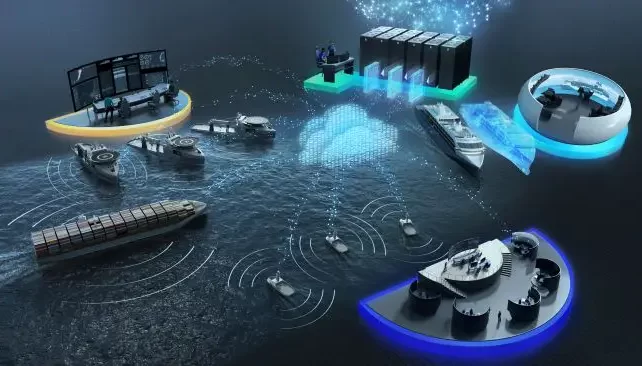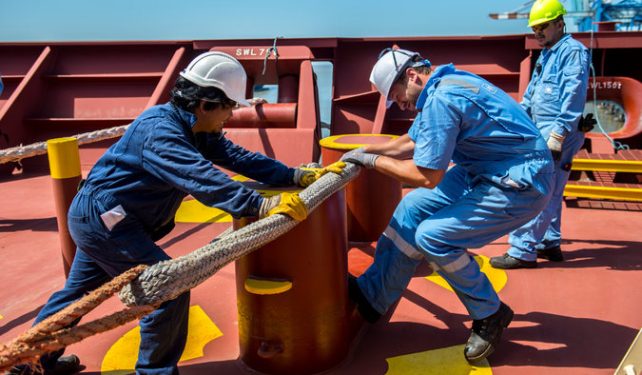Maritime Technologies, Education & Research in Iran
- Iran’s Leadership in Marine Research
Iran has played a pioneering role in marine science and research, particularly in fisheries and environmental studies. The country has prioritized applied research to identify and evaluate economic fish species and assess marine ecosystems.
- History of Iranian Fisheries Research
- The first Iranian research vessels, “Rashgo” and “Sangsar”, were introduced in 1937 with Danish cooperation.
- From the 1950s onward, modern fisheries research vessels such as “Persia,” “Dargahan,” “Lavan,” “Firdous,” and “Akhtar” were added to Iran’s research fleet.
- Research activities expanded to the Caspian Sea with the introduction of the “Gilan” vessel, which resumed operations in 2018 after a decade-long hiatus.
- Expansion of Iran’s Marine Research Fleet
From the late 1980s to the 1990s, Iran developed its research capabilities by constructing or purchasing specialized research vessels:
- Fisheries Research: “Research 1 & 2,” “Kavosh,” “Caspian Explorer”
- Hydrography & Seismography: “Persian Gulf Probe,” “Persian Gulf Hydrography”
- Oil & Gas Exploration: “Exploration,” “Akam 60 & 110”
A milestone achievement was the construction of the “Persian Gulf Probe” in 2015, the first modern oceanographic research vessel in the region. It plays a crucial role in environmental monitoring across the Persian Gulf, Strait of Hormuz, and Gulf of Oman.
- Challenges in Marine Research Fleet Operations
Despite advancements, Iran faces several challenges in maintaining its research fleet:
✔ Budget constraints leading to decommissioning of vessels.
✔ Aging fleet with many vessels reaching the end of operational life.
✔ Human errors in navigation, resulting in accidents or vessel loss.
✔ Lack of investment in modern research vessels.
Currently, only 14 vessels are operational in marine research, categorized as follows:
- 6 vessels for fisheries research.
- 1 vessel for oceanography.
- 7 vessels for geological exploration, hydrography, and mapping.
Among these, only 5 vessels (“Firdous 1,” “Persian Gulf Explorer,” “Iran Abnagar,” “Iktashaf,” and “Akam”) are IMO-registered and trackable in global marine traffic systems.
- Future Research Needs & Investment Opportunities
By 2025, Iran requires 32 research vessels to meet national marine research demands. This calls for:
✔ Investment in new research vessels and modernization of existing ones.
✔ International cooperation in research vessel construction and technology transfer.
✔ Expansion of maritime education programs to train skilled researchers and vessel operators.




